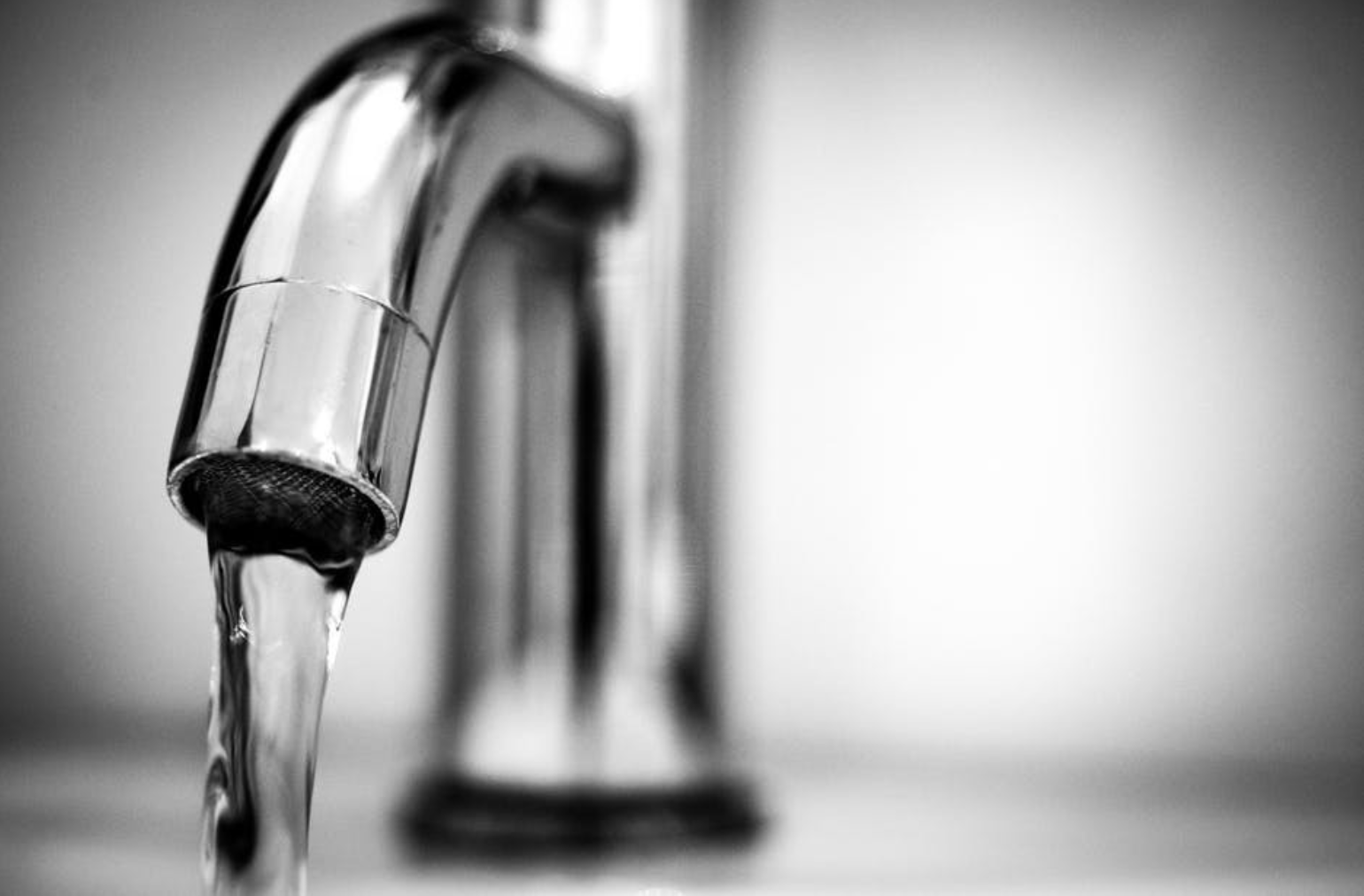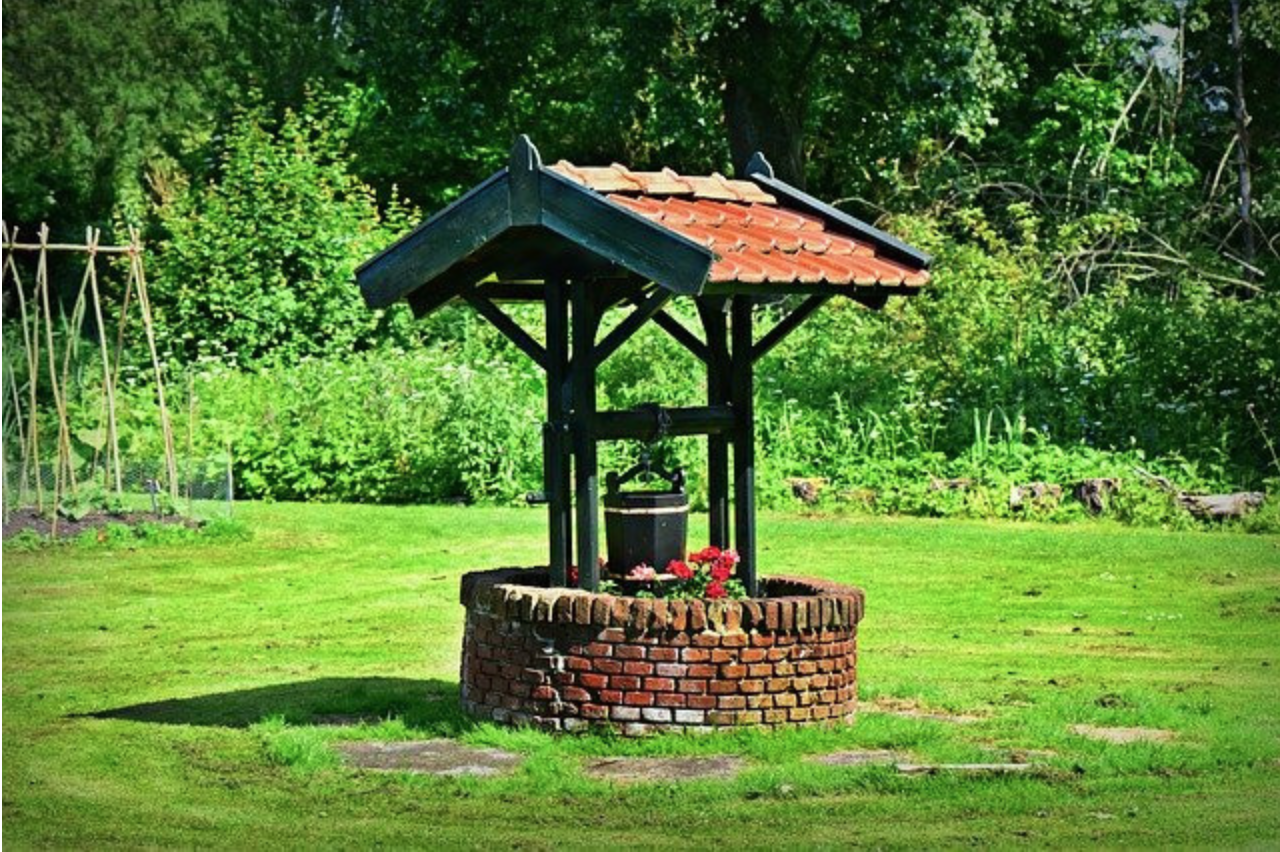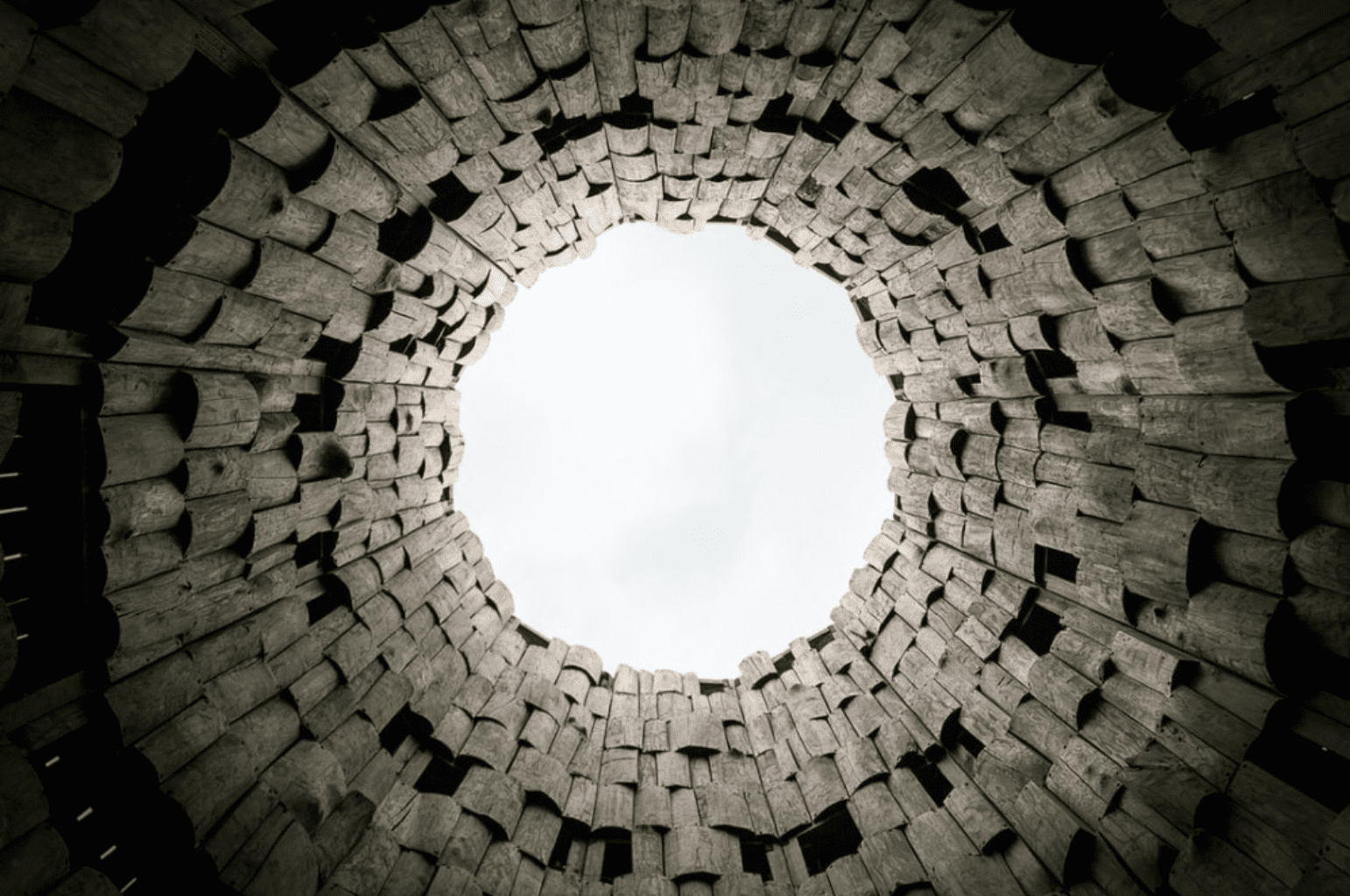Having a private water source is excellent, but some homeowners fear that they could run out of water. If you have a modern, professionally made well, you shouldn’t worry too much, but you have to be aware of all the possibilities.
Unfortunately, you could run out of well water. It is not uncommon for wells to dry up in areas prone to severe droughts. You may also have a problem with your well water pump that may seem as if it has dried up. Most of these issues are not permanent.
When we moved to our new house in Lewes, we were very excited when we found out that we were going to have a private well. As excited as I was, I also had many questions about it since it was new to me. What are the pros and cons of having a well vs city water? Can you use a well without electricity? How do you fix low water pressure when you have a well?
I now want to know if my well can run out of water.
Luckily, there are plenty of warning signs alerting you that the well is getting low on water before there is no water at all. Get to know the tell-tale signs to be able to predict it before it is too late.
? Please subscribe to our Youtube channel
Basics of Wells
To understand how and why your well may run out of the water, we first need to know some basics of wells.
The Water From Wells Doesn’t Come From Rivers

Many people mistakenly think that well water comes from underground rivers. That is not the case.
Well water comes from an aquifer, which can be described as underground areas made of rocks and soil full of small pores containing water.
Wells are not connected to huge underground pools of water. The water that ends up in a well comes from water slowly dripping through the soil, rocks, and gravel. It takes days and even weeks for that water to move and make progress. So whenever there is a drought, you will see the drop in the well water level after some time, not instantly.
The Aquifer Water Table
When raindrops fall to the ground, they end up in the soil and fills it with water. Gravity pulls it down and forces the air out.
The upper surface where the pores and fractures of the terrain are soaked with water is called the water table. The soil is saturated with water below the water table, and above the water table, the soil is unsaturated. This may seem irrelevant to you, but it is deeply connected to wells.
But how?
To reach the water, you must dig beneath the water table. If the hole is deep enough, it will continuously be filled with water, and you will never run out of it. If the hole is shallow, the water will slowly drip into it, and the amount of water may be insufficient to fill it up at all times.
During severe droughts, the water table may lower as the water runs deeper and deeper into the ground. In this scenario, to reach the water, you may have to dig deeper.
How Do Wells Work?
The video below does an excellent job of explaining how water wells work in 7 minutes. I found it very informative and entertaining.
What Are the Signs That the Water is Running Out?
Now that you have a better idea about how wells work and what may cause them to run out of water, it is time to list the warning signs.
The Pump Runs Longer

If you notice the pump is working longer than usual, or continuously switching on and off, it can be a sign that it is struggling to maintain the pressure needed for the water to flow up. This is one of the first signs that the water level is running low.
Unfortunately, a faulty pump can also imitate this event, so it would be good to look for other causes.
It is also possible that the pump is positioned in the wrong place and is above the water. The pump won’t be able to do its job, even though there is still sufficient water in the well.
If you suspect a pump issue, call a professional to diagnose and resolve a problem.
The Water is Murky
Well water is usually clean and transparent. If you notice impurities and the water changes color or even smell, it may be a sign that the water level has dropped significantly.
In many wells, you can find a layer of dirt on the bottom, and when the level drops, the remaining water becomes contaminated.
Water Taste Change
In addition to smell and transparency, water taste can be significantly different when the water level drops. As with murky water, the reason for this is that the bottom sediment decreases water quality. If you notice it, do not drink the water until you solve the issue.
Splattering Faucets
If you turn on the faucets and you notice a change in sound and water flow, or it starts dripping or splashing, it means that the pipes are filling with air. If there is air in the system, it means that the water level has dropped. However, these symptoms can also be caused by a ruptured pipe or other plumbing issues, so ensure that you inspect the pipes if this is the only sign.
You Are Not the Only One With a Problem
Draught will often influence the whole area. Not everyone has the well of the same depth but ask around in the neighborhood. If the neighbors have similar problems, it will confirm your suspicions.
Other problems can cause many of these signs, so try to inspect the system and check with the neighbors before you jump to any conclusion. Additionally, you probably know about the weather in the previous weeks, which should be a good clue.
Just keep in mind that the groundwater travels very slow and if there was a month with no rain, you could see the consequences weeks after. Even if the rain finally occurred, it will take time for the water to travel to your well.
What to Do When the Water is Running Out?
If there is indisputable evidence that the well water is running out, here is what to do.
Check the Well Depth
For this one, you will have to call a professional. If you live in an older home, your well may simply be too shallow and inadequate for your needs. The professional will advise you what to do.
The worst option would be to dig a new well because this alternative is the most expensive one. Luckily, in numerous cases, the pump is the problem, and it may be positioned lower in the well to pump out more water. Another solution is to deepen the existing well.
Save Water
Be mindful when using appliances that consume water, such as washing machines and dishwashers. Take short showers and water your grass only occasionally.
Clean the Well
As already mentioned, wells have a layer of impurities down at the bottom. And most wells have a lifespan between 20 and 30 years. If the well wasn’t properly built and maintained, it might have a lot of dirt inside.
Don’t Drink the Water

Until the problem is solved, don’t drink water from the faucet. It may seem clean, but there is a high chance that it contains impurities from the well bottom.
Buy bottled water for consumption for a while. The same goes for your pet if you have one. If possible, use bottled water for cooking too. Many people think that boiling the water will make it better, and that is partially true. It will kill the microorganisms, but the mud and all kinds of residue will still be present.
Eventually, you will have to dig a new one, but you can hire a professional to check and clean the existing one before that happens. By removing the residue from the bottom, the well will have a bit more clean water, even when the water level drops.
Unfortunately, there is no simple way to deal with an empty well. There is no way to fill it up, and you will have to conserve water and go trough this inconvenience until the groundwater level increases.
Can a Well Be Permanently Dried Out?
The answer to this question is yes, but the likelihood is very low.
One of the reasons for this can be a permanent lack of water in the aquifer. This may happen because the neighborhood is developing very fast, and everyone is building wells; excessive water usage may dry out the aquifer.
If the well is older than 20 years, age can cause a problem. From the pump to the pressure tank, anything can go wrong. Cracks within the well walls, layers and layers of dirt inside, and numerous other old wells problems can cause a drop in the water level. Although expensive, the age issue can be solved, unlike those mentioned before.
Final Thoughts
Having a well is beneficial in many ways, and the fear from it running dry is mostly unfounded when it comes to modern wells.
Use water sensibly. Don’t use a washing machine for just a few shirts, and don’t leave the water running while brushing your teeth. If you are a first-time well owner, educate other house members about it.
When the whole community uses water responsibly, it is unlikely to run out of water even during severe droughts. If the well runs out of the water despite all of your efforts, contact a licensed professional.
Related Posts:




